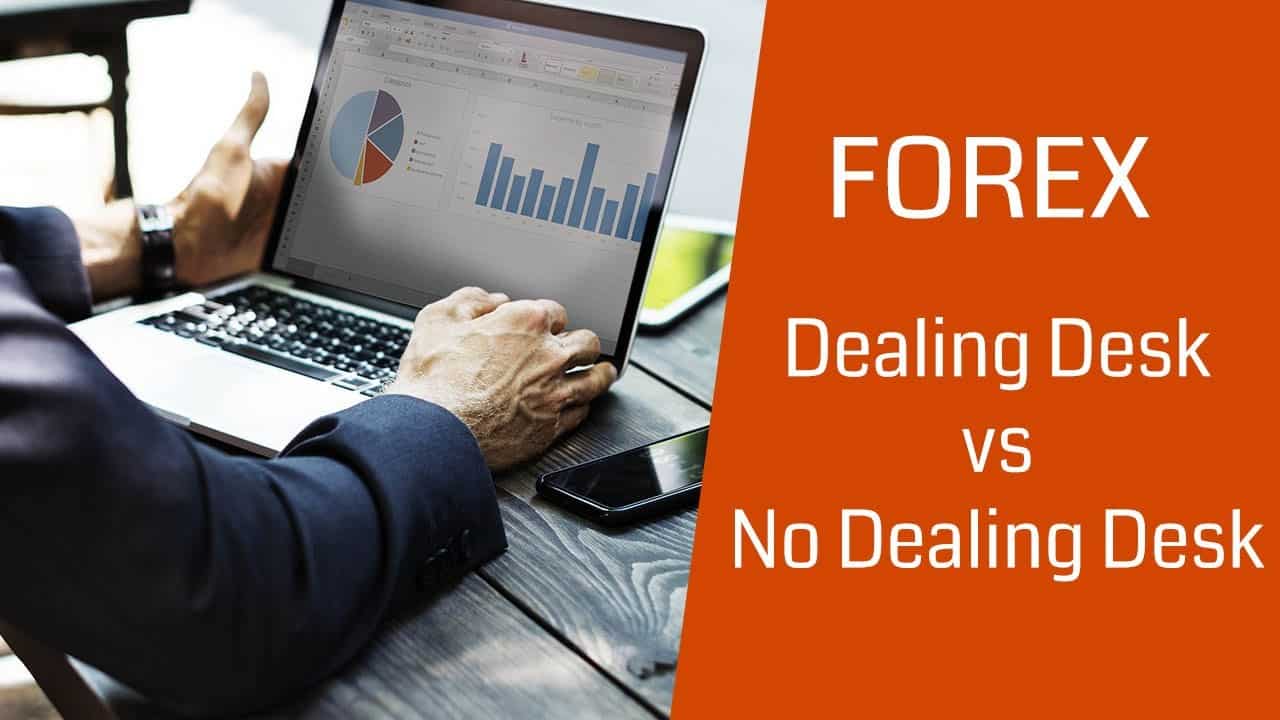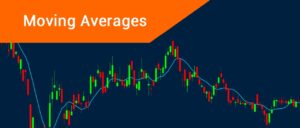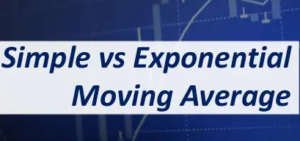The first step in choosing a forex broker is finding out what your choices are. You should know the different types of forex brokers.
You don’t just walk into a restaurant, knowing what to order right away, do you?
Not unless you’re a frequent customer there, of course. More often than not, you check out their menu first to see what they have to offer.
Types of Forex Brokers:
There are two types of forex brokers available in the market:
1. Dealing Desk (DD)
2. No Dealing Desk (NDD)
Market Makers are another term for dealing desk brokers.
No Dealing Desks can be further divided into the following categories:
- Straight Through Processing (STP) and
- Electronic Communication Network + Straight Through Processing (ECN+STP)
What is a dealing desk broker?
Dealing Desk (DD) forex brokers make their money by charging spreads and offering liquidity to their clients. Often known as “deal drivers”. Dealing Desk brokers make a market for their customers, which means they often take the other side of a client’s trade. There isn’t a conflict of interest, despite what you may believe. Market makers serve as both a source of information and an intermediary between buyers and sellers.
Since market makers monitor the prices at which orders are filled, setting FIXED spreads poses very little danger to them (you will understand why this is so much better later).
Clients of dealing desk brokers often don’t have access to real-time interbank market rates. But don’t be alarmed. Because of the fierce rivalry among brokers, Dealing Desks brokers’ prices are very similar, if not identical, to interbank rates.
Trading using a Dealing Desk broker basically works this way:
Let’s say you put a 100,000-unit buy order for EUR/USD with your Dealing Desk broker. To fill you, your broker will either try to locate a matching sell order from one of its other clients or move your trades on to a liquidity provider, which is a large company that buys and sells financial assets frequently.
They reduce risk by earning from the spread rather than taking the opposite side of your trade.
They would, however, have to take the opposite side of your trade if there are no matching orders. It’s important to remember that different types of forex brokers have different risk management strategies, so double-check on yours.
What is a No Dealing Desk broker?
No Dealing Desk (NDD) brokers do not send their clients’ orders through a Dealing Desk, as the name implies.
This means they don’t participate in the other side of their client’s transactions; instead, they actually link two parties.
NDDs are similar to bridge builders in that they construct a structure over otherwise impassable or difficult-to-pass terrain in order to connect two places.
NDDs may either charge a small commission for trading or simply add a markup by slightly widening the spread.
No Dealing Desk brokers can either be STP or STP+ECN.
What is an STP broker?
Some brokers claim to be true ECN brokers, but they only have a Straight Through Processing system in place.
Client orders are routed directly to liquidity providers who have access to the interbank market through forex traders who use an STP scheme.
NDD STP brokers typically have a large number of liquidity suppliers, each of which quotes its own bid and ask price.
Let’s assume you have three separate liquidity providers with your NDD STP broker. They can see three separate pairs of bids and ask for quotes in their system.
| Bid | Ask | |
| Liquidity provider A | 1.2998 | 1.3001 |
| Liquidity provider B | 1.2999 | 1.3002 |
| Liquidity provider C | 1.3000 | 1.3002 |
Their algorithm then ranks the bids and requests in order of best to worst. In this case, the best bid price is 1.3000 (you want to sell high) and the best ask price is 1.3001 (you want to sell low) (you want to buy low). The current bid/ask ratio is 1.3000/1.3001.
Will you be able to see this quote on your platform?
Certainly not!
Your broker isn’t a philanthropist! Your broker didn’t go to the trouble of going through all those quotes for nothing!
He adds a slight, normally set, markup to compensate them for their trouble. If they have a 1-pip markup policy, the quote you’ll see on your website will be 1.2999/1.3002.
A three-pip spread will be visible. For you, a 1-pip spread becomes a 3-pip spread.
So, if you want to purchase 100,000 EUR/USD units at 1.3002, you send your order to your broker, who then sends it to Liquidity Provider A or B.
If your order is accepted, Liquidity Provider A or B will hold a short position of 100,000 EUR/USD 1.3001 shares, while you will hold a long position of 100,000 EUR/USD 1.3002. Your broker would make a profit of one pip.
Because of the fluctuating bid/ask quote, most STP brokers have variable spreads. If their liquidity providers’ spreads expand, they have no choice but to widen their own.
Although some STP brokers offer fixed spreads, the majority do not.
What is an ECN Broker?
True ECN forex brokers, on the other hand, allow their clients’ orders to communicate with other ECN participants’ orders.
Banks, retail traders, hedge funds, and even other brokers may be among the participants. Participants compete with one another by giving their best bid and ask rates.
Clients of ECNs will also see the “Depth of Market”.
The depth of the market shows where other market participants’ buy and sell orders are. Since it is impossible to slap on a fixed markup due to the existence of ECN, ECN brokers are normally paid by a small COMMISSION.
Let’s Have Forex Trade Copying Service From Expert Traders!
Fx Pips Guru is a forex trade copying service provider company from expert traders. Let’s do Live Chat with our experts.




